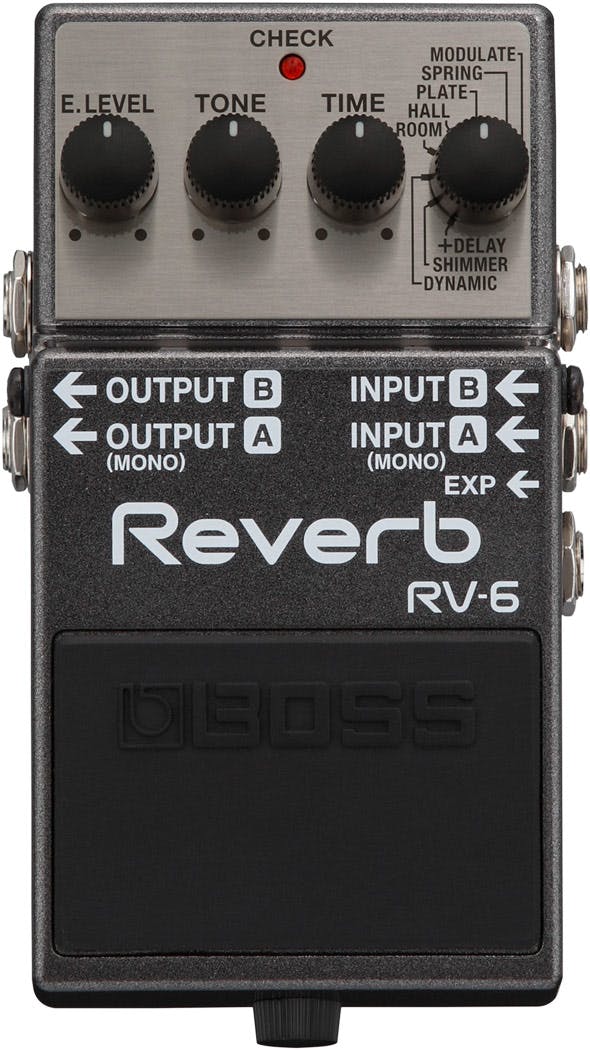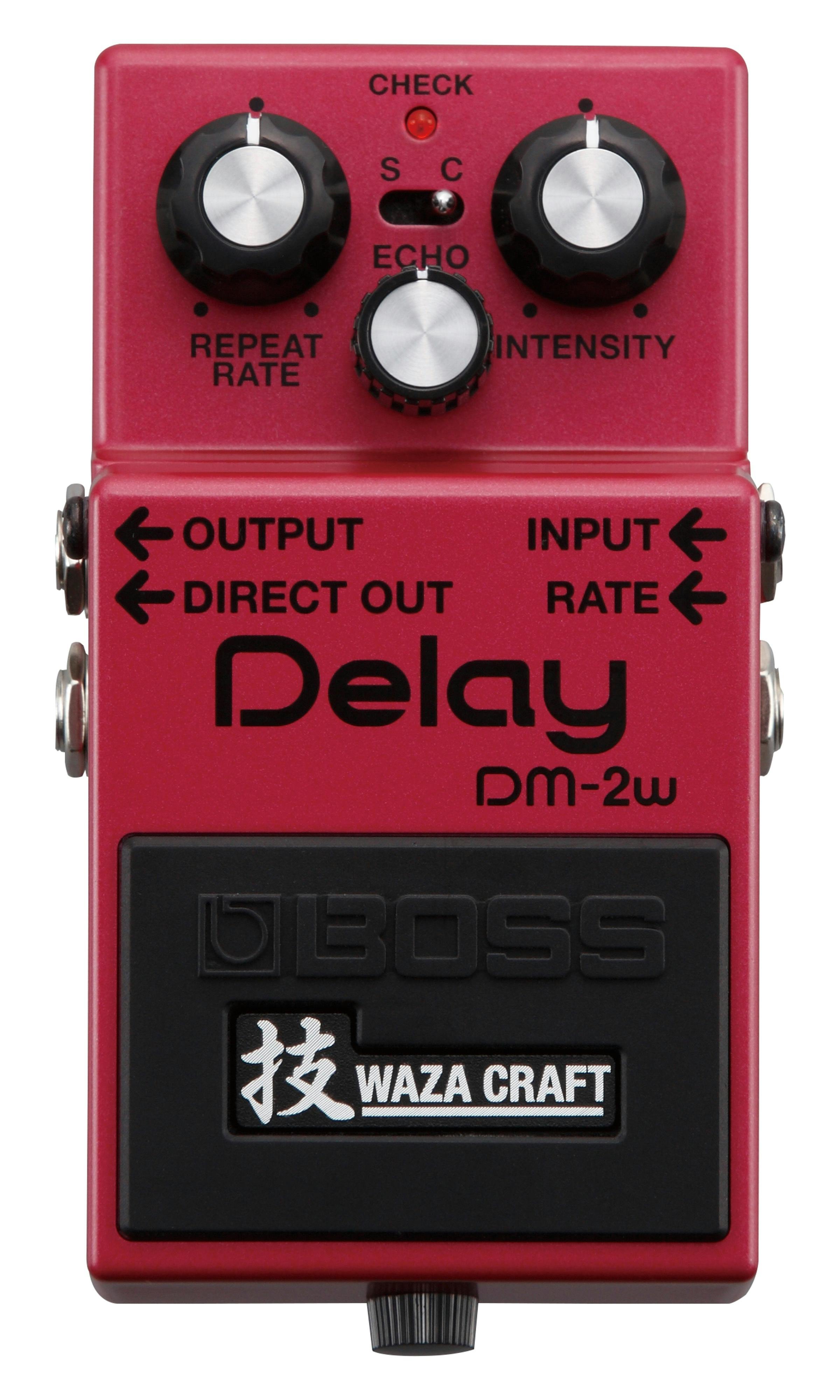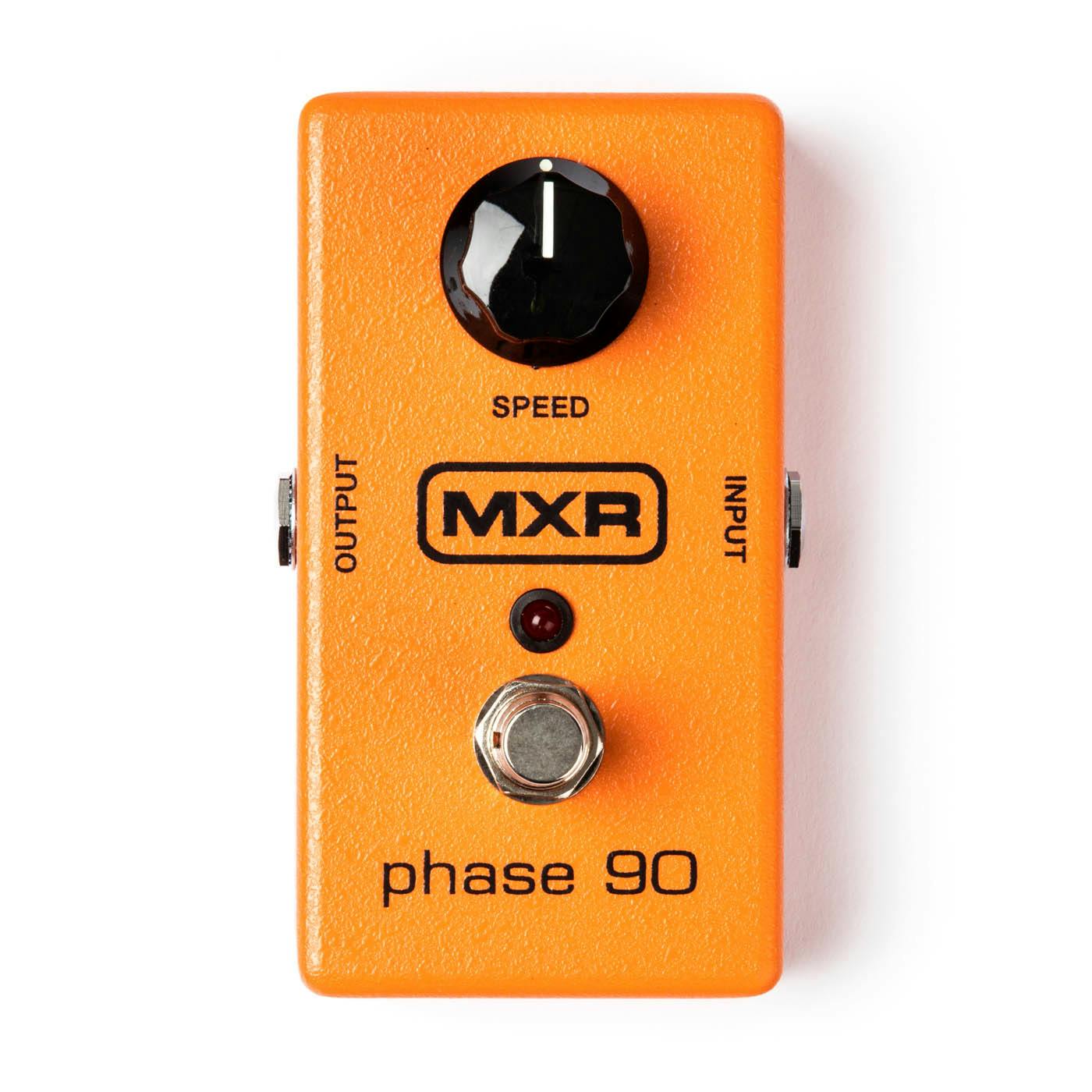Amps
Mesa Boogie is the only way to go in order to recreate Dave’s tone as precisely as possible. The Mark V is a boutique choice, packed with extensive EQ options and is famed for its astounding versatility. Foo Fighters have used Mesa Boogie since their mid ’90s beginnings. Simply put, the Mark V possesses one of the most expressive tones of any amp in the world. This beast spits out sparkling cleans, heavy metal distortion and everything in between in equally great measure. Ideal for Foo Fighters, who like to mix up the tone from album to album.
The Tone King Sky King combo is a great alternate high-end pick. These amps, like Mesa, are handwired for the best tone possible. This will get you closer to Shiflett’s roaring classic tone and keeps the Foos close to their rock ‘n’ roll roots. It has two channels like the Mesa, but with a much-simplified EQ layout. You can add bite to the lead channel, or add some softer characteristics using the built-in spring reverb with control over the depth, rate and potency of the effect.
At the other end of the price spectrum, the Fender Bassbreaker range can get you close to the American style gain of the Mesa or Tone King. Plus. the Bassbreaker is a real tube amp, allowing it to gloriously saturate when pushed harder on the volume. A great solid state alternative is the all-encompassing Boss Katana, allowing you to dial in a number of Foo Fighters tone with excellent accuracy.
Pedals
Foo Fighters aren’t afraid to delve into the world of pedals to spice up their guitar sound. They’ve used stompbox effects in very particular parts to add a touch of brilliance to their songs before. For example, a delay and a comrpessor for the intros to Rope and The Pretender, respectively. Boss certainly aren’t as well known for their reverb effects as they are for drives and modulation, but the RV6 does a great job of providing an extensive choice of reverb types like spring, plate, room and hall variants, with added shimmer and delay settings. A great all round pick.
If you’re going for precision, the Cali76 is a no-brainer. Regarded as one of the best compressors ever created, the Cali76 gets you incredibly close to The Pretenders squashed intro. This levels out your guitar signal, and you have a load of parameters at your disposal to shape it how you please.
Gear Used









Responses & Questions